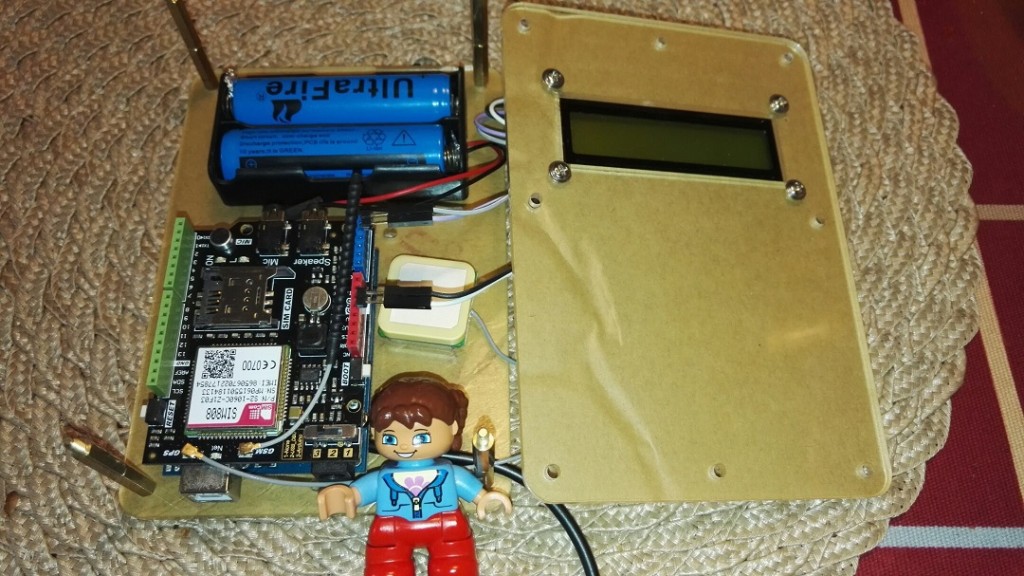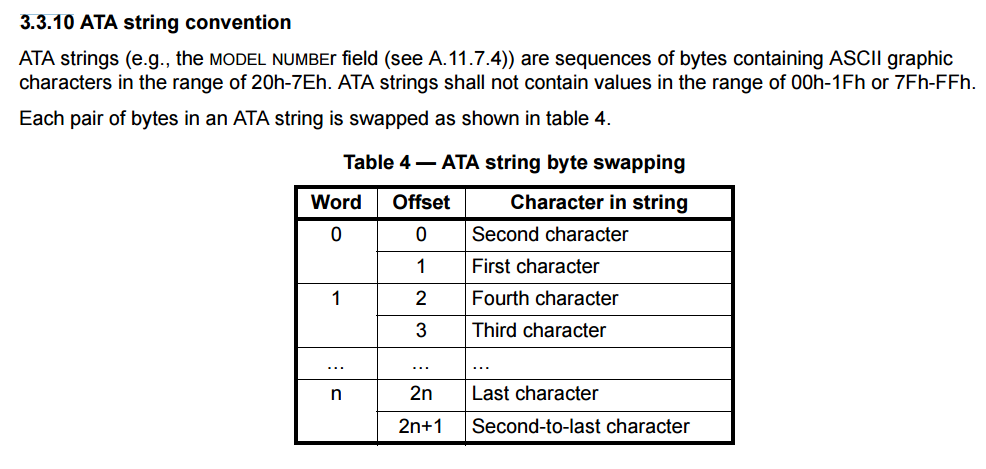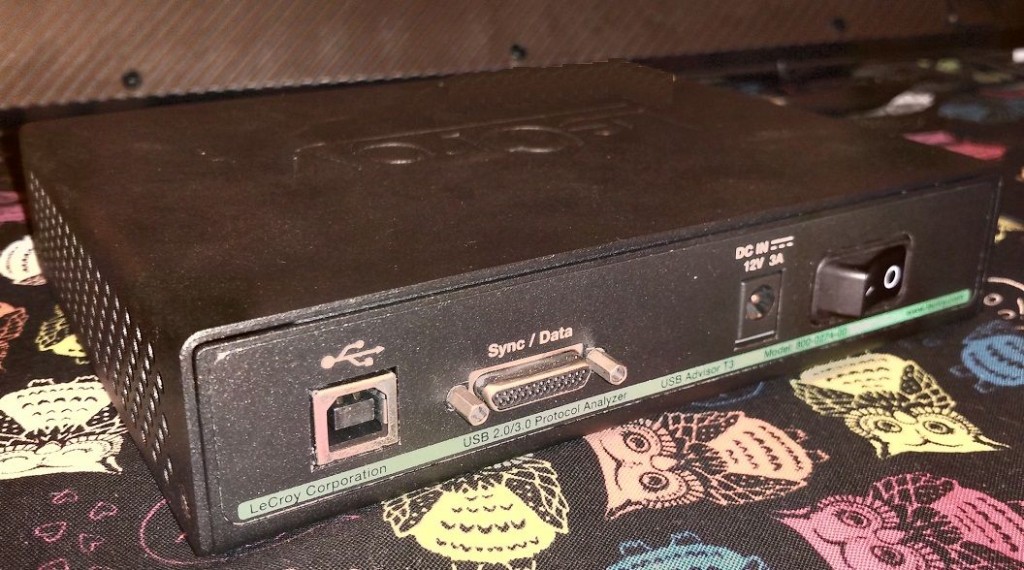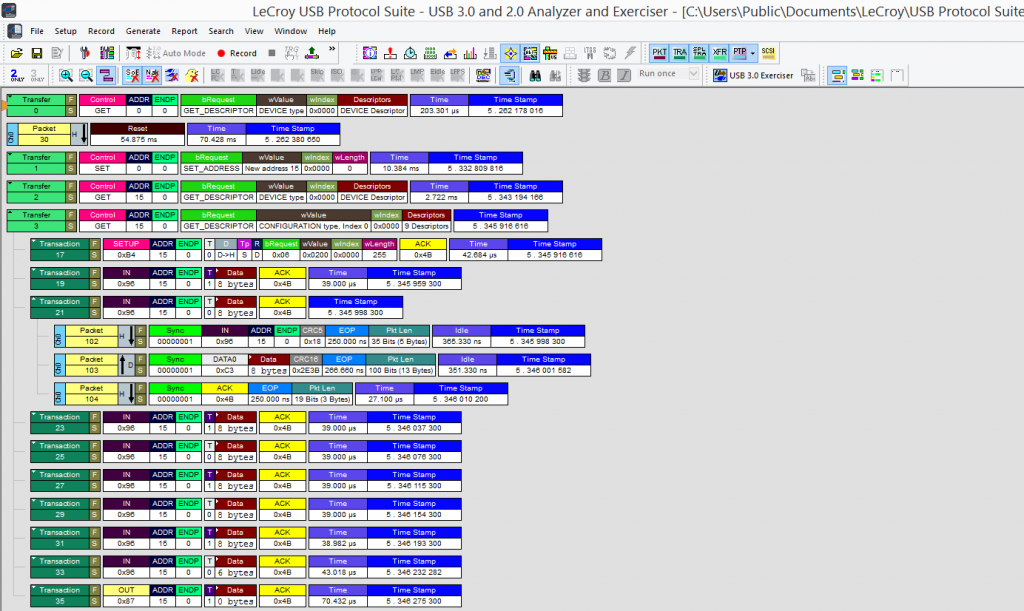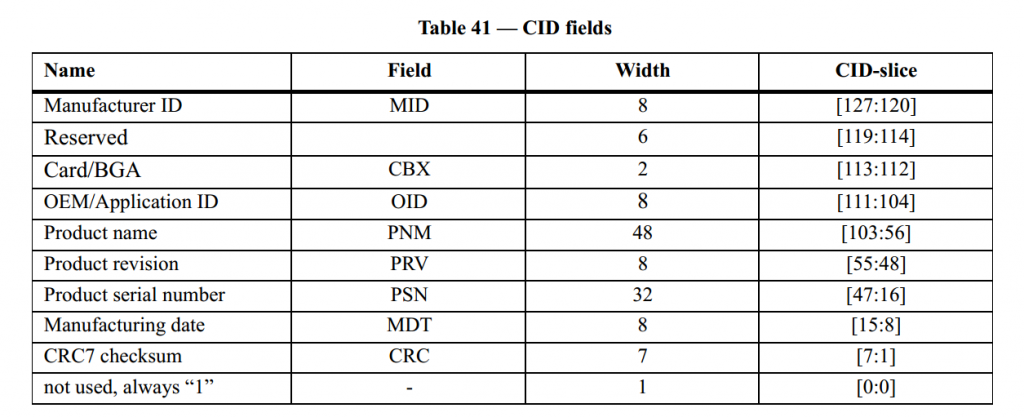人类对于世界的了解的越多,能够掌握的工具和方法就越多。
曾经读过方舟子写的《相对论有没有用?》【参考1】,让我大吃一惊的是日常用到的GPS就是相对论使用的典型:
“GPS是靠美国空军发射的24颗GPS卫星来定位的(此外还有几颗备用卫星),每颗卫星上都携带着原子钟,它们计时极为准确,误差不超过十万亿分之一,即每天的误差不超过10纳秒(1纳秒等于10亿分之一秒),并不停地发射无线电信号报告时间和轨道位置。这些GPS卫星在空中的位置是精心安排好的,任何时候在地球上的任何地点至少都能见到其中的4颗。GPS导航仪通过比较从4颗GPS卫星发射来的时间信号的差异,计算出所在的位置。
GPS卫星以每小时14000千米的速度绕地球飞行。根据狭义相对论,当物体运动时,时间会变慢,运动速度越快,时间就越慢。因此在地球上看GPS卫星,它们携带的时钟要走得比较慢,用狭义相对论的公式可以计算出,每天慢大约7微秒。
GPS卫星位于距离地面大约2万千米的太空中。根据广义相对论,物质质量的存在会造成时空的弯曲,质量越大,距离越近,就弯曲得越厉害,时间则会越慢。受地球质量的影响,在地球表面的时空要比GPS卫星所在的时空更加弯曲,这样,从地球上看,GPS卫星上的时钟就要走得比较快,用广义相对论的公式可以计算出,每天快大约45微秒。
在同时考虑了狭义相对论和广义相对论后,GPS卫星时钟每天还要快上大约38微秒,这似乎微不足道,但是如果我们考虑到GPS系统必须达到的时间精度是纳秒级的,这个误差就非常可观了(38微秒等于38000纳秒)。如果不校正的话,GPS系统每天将会累积大约10千米的定位误差,是没有用的。为此,在GPS卫星发射前,要先把其时钟的走动频率调慢100亿分之4.465,把10.23兆赫调为10.22999999543兆赫。此外,GPS卫星的运行轨道并非完美的圆形,与地面的距离和运行速度会有所变化,如果轨道偏心率为0.02,时间就会有46纳秒的误差。由于地球的自转,GPS导航仪在地球表面上的位移也会产生误差,例如当GPS导航仪在赤道上,而GPS卫星在地平线上时,由于位移产生的误差将会达到133纳秒。GPS导航仪在定位时还必须根据相对论进行计算纠正这些误差。
我手中的 DFRobot的SIM808 Shield支持GPS功能,这次我们就实验一下这个功能,GPS取得当前的时间和经纬度之后,结果显示在1602液晶上。使用到的硬件包括:
1. Arduino Uno 1块
2. DFRobot 的SIM808 Shield 1块
3. 18650 电池组 2块
4. 1602 LCD 一块
5. 亚克力切割的外壳 一对
特别注意的是,必须使用外接电源,USB端口供电不足以驱动模块,特别注意:一定要接上 GPS 天线,否则无法收到信号。
硬件准备妥当之后,先实验直接发送 AT 命令,这个实验不需要SIM卡:
1. 板上开关放置于3号位置
2. 下载 blink 程序(需要不占用 的程序)
3. 外接电源(我用的是2节18650,目前有7.5v左右)
4. 板上开关放置于2号位置
5. 用IDE自带的串口工具,输入 AT 可以看到自动回复 OK,这说明模块本身是正常的
6. 输入AT+CGNSPWR=1命令(打开GPS电源)AT+CGNSTST=1命令(开始从串口接收GPS数据)
8. 结束的时候,使用AT+CGNSPWR=0命令关断GPS电源。
我们在地图上看一下这个位置,很准

软件方面需要下载DFRobot_SIM808的库,在https://github.com/DFRobot/DFRobot_SIM808。本文末尾提供了打包好的库文件。可以使用 Sketch->Include library->Add .zip library直接添加。
代码如下:
#include <LiquidCrystal_I2C.h>
#include <DFRobot_sim808.h>
DFRobot_SIM808 sim808(&Serial);
// Set the LCD address to 0x3F for a 16 chars and 2 line display
LiquidCrystal_I2C lcd(0x3f, 16, 2);
void setup() {
Serial.begin(9600);
// initialize the LCD
lcd.begin();
// Turn on the blacklight and print a message.
lcd.backlight();
//************* Turn on the GPS power************
if( sim808.attachGPS())
{
Serial.println("Open the GPS power success");
lcd.print("power success");
}
else
{
Serial.println("Open the GPS power failure");
lcd.print("power failure");
}
}
void loop() {
char s[20];
//************** Get GPS data *******************
if (sim808.getGPS()) {
Serial.print(sim808.GPSdata.hour);
Serial.print(":");
Serial.print(sim808.GPSdata.minute);
Serial.print(":");
Serial.println(sim808.GPSdata.second);
Serial.print("latitude :");
Serial.println(sim808.GPSdata.lat);
Serial.print("longitude :");
Serial.println(sim808.GPSdata.lon);
lcd.clear();
lcd.print("GPS bbdebbbbbbbhhh b ");
lcd.print(sim808.GPSdata.hour);
lcd.print(":");
lcd.print(sim808.GPSdata.minute);
lcd.print(":");
lcd.print(sim808.GPSdata.second);
lcd.setCursor(0,1);
lcd.print("(");
dtostrf(sim808.GPSdata.lat,3,2,s);
lcd.print(s);
lcd.print(",");
dtostrf(sim808.GPSdata.lon,3,2,s);
lcd.print(s);
lcd.print(")");
//************* Turn off the GPS power ************
sim808.detachGPS();
}
}
最终运行结果:
最后说点关于GPS 好玩的事情:
第一件事情:我在昆山打工的时候,有一天瞎溜达,走到一座大桥下,看到上面铭牌上刻着经纬度。那是很久以前的事情,久远到 google还没有被封,手机还没有 GPS 功能。我很好奇的记下了经纬度。回去宿舍在google map上查找这个经纬度,非常疑惑的看着坐标飞到了太平洋中。朱多年来心中疑惑一直没有解开:这样的标注是为了“乱了敌人锻炼了群众”吗?
第二件事情: 1983年9月1日清晨(UTC时间为8月31日傍晚),大韩航空007号班机进入苏联领空,遭苏联空军Su-15拦截机击落于库页岛西南方的公海。误入的原因是机长操作失误,没有切换到正确的导航模式【参考2】。这件事情之后美国宣布开放部份的GPS功能给民间使用。
参考:
1. http://view.news.qq.com/a/20090422/000029.htm 方舟子:相对论有没有用?
借用臧克家的一句话来描述方舟子“有的人死了,他还活着;有的人或者,他已经敏感字了”。
2. http://baike.baidu.com/item/%E5%A4%A7%E9%9F%A9%E8%88%AA%E7%A9%BA007%E5%8F%B7%E7%8F%AD%E6%9C%BA%E7%A9%BA%E9%9A%BE 大韩航空007号班机空难
如果非说苏联伟大的话,那么伟大的原因一定是它一次次将人类从自己的魔爪下解救出来。



